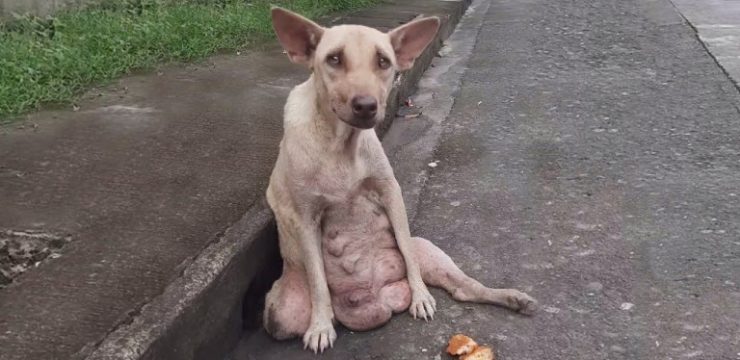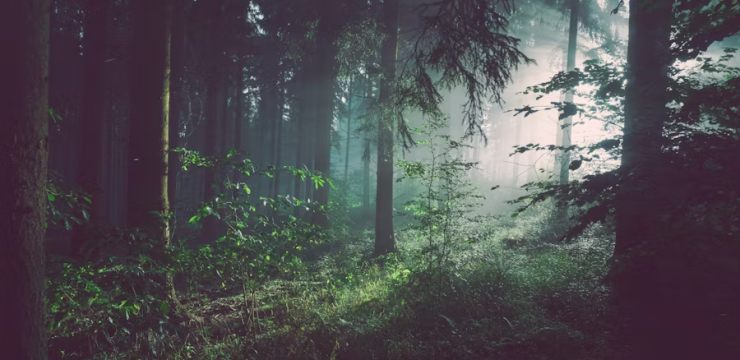Afghanistan is a land of stark contrasts, where breathtaking mountain landscapes and bustling marketplaces exist alongside the deep scars of war and the heavy burden of cultural repression. Its rich heritage and deeply rooted traditions stand in painful contrast to the decades of conflict and hardship that have left a lasting mark on the daily lives of its people.

For many outside observers, the natural reaction is a quiet reflection—“Thank God I wasn’t born in Afghanistan.” Not said with arrogance, but with sincere gratitude for the freedoms and safety so many take for granted. Back in the 1960s and 1970s, Afghanistan was on the brink of transformation. Cities like Kabul were hubs of art, education, and modern ideals. Women walked the streets in Western clothing, attended college, and worked in prominent roles as doctors, journalists, and government officials. Cultural festivals thrived, music filled the air, and international tourism began to bloom. Afghanistan seemed full of promise and possibility. But that era was cut short.
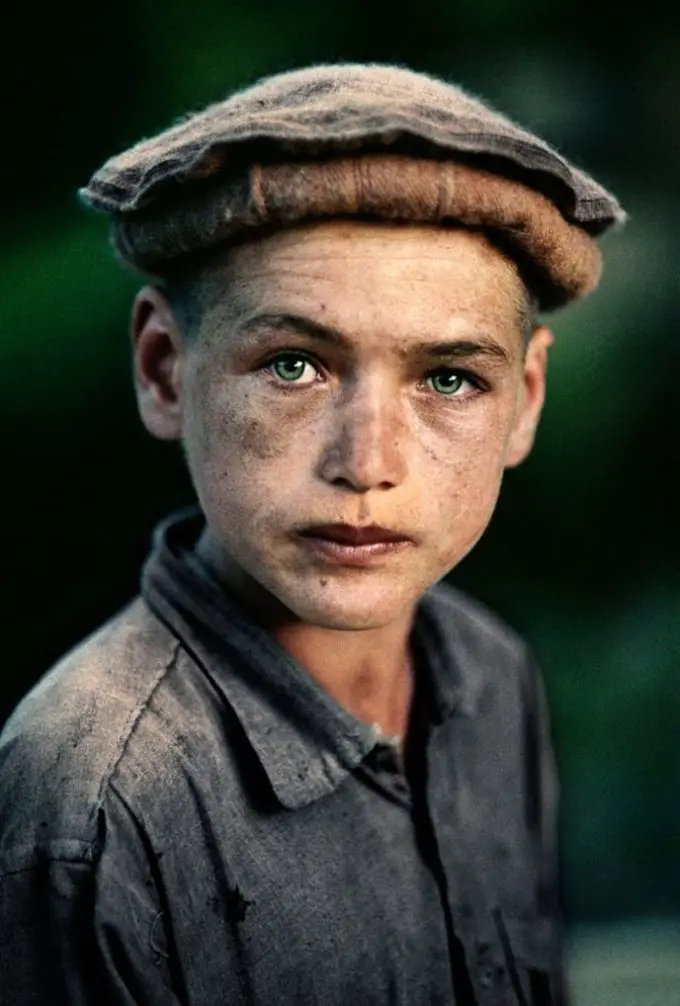
A combination of foreign interference, internal conflict, and the rise of radical ideologies unraveled the country’s progress. The arrival of the Taliban in the 1990s brought a chilling regression. Women were pushed out of public life, schools were closed to girls, and fear became an everyday reality. Under the Taliban’s strict rule—recognized globally as a terrorist regime—Afghan society was silenced. Artistic expression was banned. Music was forbidden. Even flying a kite, once a beloved national pastime, was outlawed. Life was stripped of joy, color, and hope. Yet even during these dark times, photography captured what words could not. Rare archival photos, some taken before the Taliban’s rise and others during their reign, offer haunting glimpses into real lives caught in a storm of change. These powerful images show students eager to learn, shopkeepers trying to keep businesses alive, and mothers simply trying to provide a future for their children.
One photograph captures a young girl clutching her books, unaware that soon she would be denied the right to attend school. Another image shows a once-busy market now reduced to rubble. A frame freezes the cautious, determined march of Mujahideen fighters crossing a river, while another reveals the exhausted eyes of a mother holding her infant in a crowded refugee clinic. These are not just pictures—they are stories of human resilience. Despite the devastation, hope did not completely vanish.
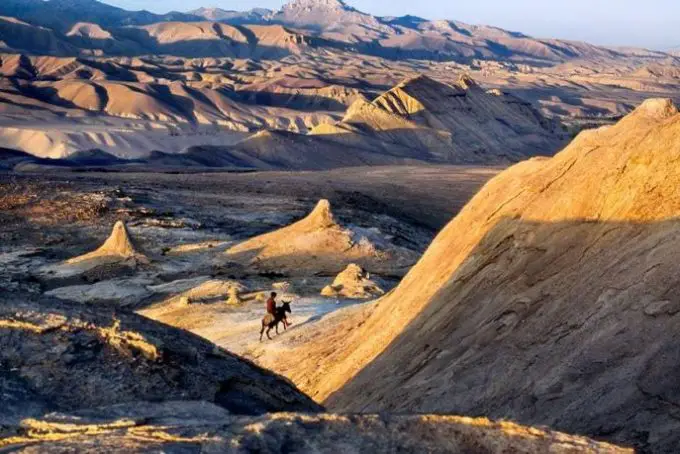
Over the past twenty years, brief periods of progress gave Afghanistan flickers of optimism. With the help of international support and local reform, girls in cities like Kabul and Herat began returning to classrooms. Women cautiously re-entered public life, taking roles in media, education, and politics. Art galleries, bookstores, and cafés began to open. Social media gave young Afghans a platform to connect with the world and raise their voices. Teachers, often in secret, taught girls.
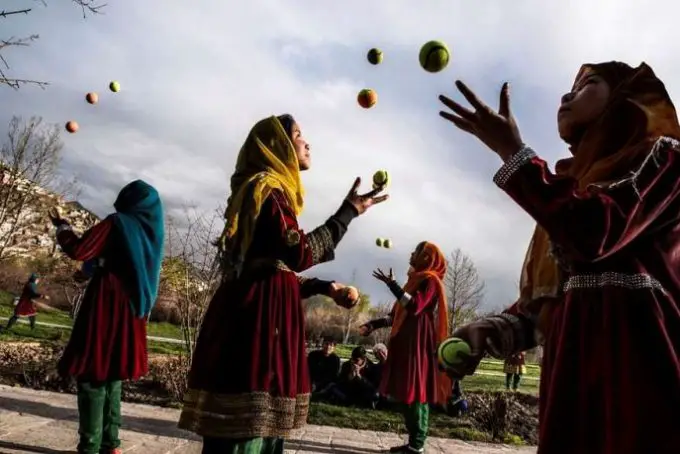
Poets read their work behind closed doors. Artists continued creating in hiding. Even under the threat of violence, many chose resistance through creativity and education. Still, Afghanistan remains deeply divided. Life in Kabul is drastically different from life in a rural village. In the capital, paved roads, universities, and more liberal norms give a sense of progress. But in remote regions, warlords still dominate, and conservative ideologies restrict every facet of life. Some urban youth wear jeans and use smartphones; in the countryside, traditional dress and strict rules still govern daily behavior. This rural-urban split pulls the country in opposite directions—between modern dreams and centuries-old traditions. For young Afghans, the choice is gut-wrenching: stay and risk everything for change, or leave in search of a better life. Those who stay often live with caution, measuring every word and every move. But they keep going. Teachers continue to open classrooms. Doctors care for patients with limited supplies. Artists create, even when no one sees their work. Giving up is not an option. Meanwhile, the rest of the world wakes up in comfort, often forgetting how precious safety and freedom truly are. When we say, “Thank God I wasn’t born in Afghanistan,” it should be a reminder of our privilege and a call to empathy. Life in Afghanistan isn’t hard because its people are weak—it’s hard because they are forced to live in survival mode, every single day. Faces captured in these rare photos—women waiting in clinics, children peering from tents, elders sipping tea near cracked walls—carry a thousand unspoken stories. They represent not just struggle, but immense courage. Afghanistan’s story is still being written. Its people continue to dream, resist, and rebuild—even in the shadows of chaos. And though the news may move on, these images endure as proof of the human spirit’s strength and a hope that one day, Afghanistan won’t just be remembered for what it was—but celebrated for what it becomes.
